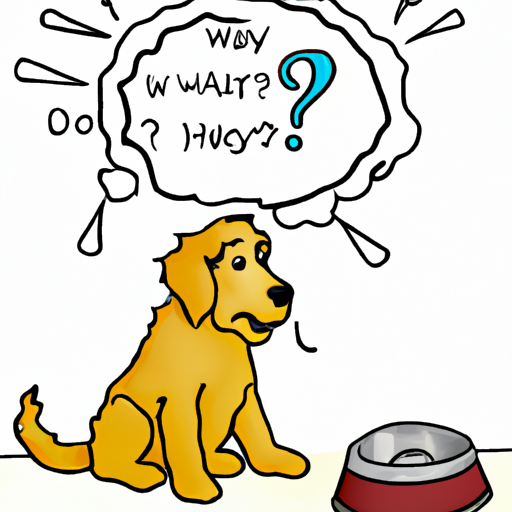Understanding Your Dog’s Behavior
As a caring dog owner, you’ve likely noticed your furry friend’s whining behavior. This is a common behavior in dogs, and it’s one of the many ways they communicate with their human companions.
Just like humans, dogs express their emotions and needs in different ways. Whining is one of them. They could be feeling anxiety, excitement, or pain. They could also be seeking attention or expressing submission. To ensure your dog’s well-being, it’s important to understand why they’re whining and how you can help.
Common Reasons Why Dogs Whine
-
Anxiety or Stress: Dogs often whine when they’re feeling anxious or stressed. This could be due to a change in their environment, separation from you, or fear of a specific situation.
-
Attention Seeking: Dogs are social animals. If they feel neglected, they might whine to get your attention.
-
Excitement: Dogs can also whine when they’re excited about something, such as seeing you after a long day or anticipating a fun activity.
-
Pain or Discomfort: If your dog is in pain, they might whine to express their discomfort. If your dog’s whining is accompanied by other signs of pain or distress, it’s essential to seek veterinary care.
-
Submission or Appeasement: Dogs might whine to show submission, especially in interactions with other dogs or people.
| Reasons for Whining | Signs |
|---|---|
| Anxiety or Stress | Pacing, excessive licking, shaking |
| Attention Seeking | Pawing, jumping up |
| Excitement | Wagging tail, jumping around |
| Pain or Discomfort | Limping, loss of appetite |
| Submission or Appeasement | Avoiding eye contact, submissive posture |
How to Respond to Your Dog’s Whining
You’re probably wondering how to respond when your dog whines. Here are some suggestions:
-
Identify the cause: Look for the signs associated with each reason for whining. This will help you understand what your dog is trying to communicate.
-
Provide comfort: If your dog is anxious or stressed, comfort them by providing a safe space, using calming products, or spending quality time with them.
-
Ignore attention-seeking whining: If your dog is whining for attention, ignoring them can teach them that whining won’t get them what they want.
-
Reward quiet behavior: Instead of responding to whining, reward your dog when they’re quiet. This can help reinforce positive behavior.
-
Seek veterinary care: If you suspect that your dog is in pain, it’s important to seek professional help immediately.
The Role of Training and Socialization
Training and socialization play a crucial role in managing your dog’s whining behavior. By exposing your dog to a variety of experiences and teaching them how to behave appropriately, you can help reduce anxiety and stress-related whining.
Training should involve rewarding positive behavior rather than punishing negative behavior. Remember, your dog isn’t whining to annoy you. They’re trying to communicate something, and it’s your role as a caregiver to understand and address their needs.
Frequently Asked Questions
Q: Is whining a sign of a serious health problem?
A: While whining can be a sign of discomfort or pain, it doesn’t necessarily indicate a serious health problem. However, if your dog’s whining is accompanied by other signs of distress, it’s important to seek veterinary care.
Q: Can I stop my dog from whining completely?
A: It’s unlikely and unnatural to stop a dog from whining completely, as it’s one of their ways of communicating. However, you can manage and reduce excessive whining through proper understanding, response, and training.
Q: How can I tell if my dog is whining for attention or because they’re in pain?
A: It can be challenging to tell the difference. However, if your dog’s whining is accompanied by other signs of pain or discomfort, such as limping, loss of appetite, or changes in behavior, it’s best to seek veterinary advice.
Remember, the key to understanding your dog’s whining lies in your patient observance and deep empathy as a caregiver.



